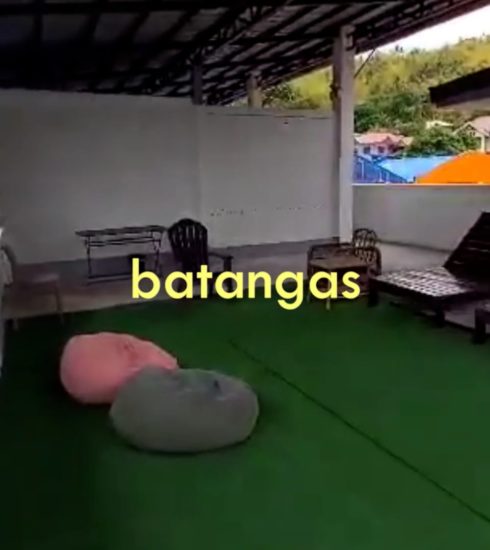Spatial Pendulum II (2020)
FESCH.TV INFORMIERT:
2020 Hong Kong, China
Coauthors: Jeffrey Shaw, Joseph Chan
Software: Adolf Matthias
The Spatial Pendulum was conceived in 1990 as an installation for the Centre for Mathematics and Computer Science at the Vrije Universiteit, Amsterdam. It was designed for the rectangular four-storey-high atrium at the entrance of the building. Its design specifications were as follows:
At floor level on the fourth storey, a steel frame is fitted with motorised pulleys at each of its four corners. These pulleys dynamically control the length of four steel cables that hang down inside the atrium attached to a large steel ball. Varying the length of each cable will cause the ball to fly about freely within the atrium. The software application for the Spatial Pendulum is installed on the Centre’s computer network, and is open to all the researchers working in this building. It gives them control over the pulleys and cable lengths so they can describe and affect the spatial path of the ball’s movements. In this respect the installation is a quite early example of a computerised, networked, crowd-controlled kinetic sculpture. The installation also provides a ’screen saver‘ within the building. A graphic representation of the Spatial Pendulum can be set to appear on any screen, and it will show the exact position and behaviour of the ball as it moves in real time in the atrium.
While a prototype of this installation was built and tested in 1990, the work was never completed as technical challenges with respect to the cable control mechanism could not be resolved at that time.
For some years while at City University in Hong Kong, Shaw had been discussion with artist/engineer Joseph Chan about finding a new technical solution for the Spatial Pendulum. In 2021 the exhibition Art Machines offered the opportunity to revisit the concept of this artwork and to build it anew, albeit at a much smaller scale than the original. Joseph Chan proposed a completely innovative engineering solution, based on the notion of a rotating arm and a mechanism that could travel along the length of that arm as well as enable the upwards and downwards movement of the ball. The results in a three axis control of the ball in space that is accords with the original operational intention of this artwork. This mechanism also has specific aesthetic properties that were emphasized by its construction having brightly coloured metal and acrylic components.
While the 1990 concept saw the control of the ball’s movements being determined by coded instructions to be given by members of the Centre for Mathematics, for the Art Machines exhibition a new public interface was created and coded by Adolf Mathias. Using a group if sliders, the viewer can determines various parameters for the movement of the ball including its vertical amplitude its, its horizontal amplitude and the complexity of the curved paths it will follow. A small visual display above the sliders provides a three dimensional view of the path shape that the user is creating and which the ball is following.
Deinen Freunden empfehlen:






